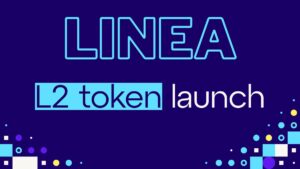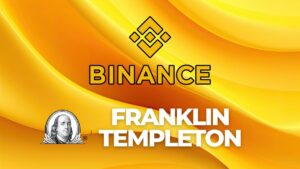In the last week, the launch of the BTC Spot ETF has created a significant impact on the crypto market, with total trading volumes in the 11 ETFs reaching $9.8 billion, and now ETH is in investors sights.
Surprisingly, GBTC alone accounted for $4.6 billion in these volumes, according to the recent report published by QCP Capital via Telegram.
However, despite this remarkable start, GBTC has experienced fund outflows totaling $1.17 billion since its conversion from a Trust to an ETF.
This move is not unexpected, given that GBTC has been trading at a discount since 2020, reaching a low of -48% in early 2023.
Converting to an ETF has given GBTC holders the long-awaited opportunity to exit at face value.
The unknown now is how much more of the current $25.4 billion AUM GBTC will abandon.
Bitcoin (BTC), which hit a high of $49,100 following the ETF approval, has seen a downward correction, consolidating above the $40,000 support.
As volumes have slowed since the initial launch, all eyes are on GBTC fund outflows.
Looking at the dynamics between Bitcoin and Ethereum, the ETHBTC cross has become technically and strategically attractive, reaching 0.06 after trading below 0.05.
ETH is expected to continue outperforming BTC in the medium term, especially given the possibility of ETF approvals
Although BTC forward contracts have seen a steeper decline than ETH since the ETF’s launch, ETH forward contracts are still considered attractive, offering annual returns of 11-13%.
The sale of ETH 1-month Puts with a strike price of 2200 is also perceived as a decent play, with returns of over 21% annually and an attractive purchase level in case of a possible decline associated with the approvals of ETH ETFs.
Looking ahead, key events in the crypto world include the BTC halving in April and possible ETF approvals for ETH starting in May.
Meanwhile, the direction of the crypto market could be influenced by macroeconomic events, with particular attention to the January FOMC meeting and the February NFP and CPI reports.
More clarity on the pace of the balance sheet tightening briefly discussed in December 2023 is expected during the January FOMC meeting, although uncertainty remains over when and to what extent the Federal Reserve will slow QT (Quantitative Tightening).











